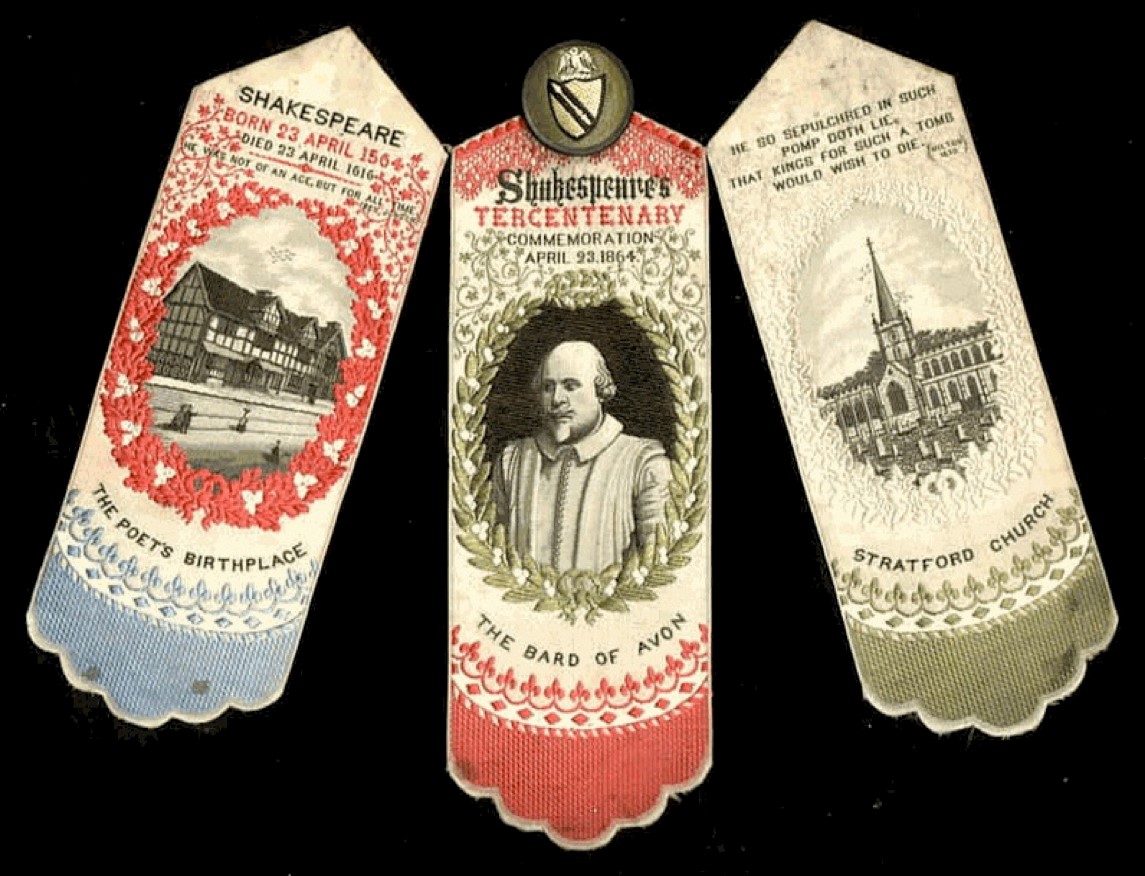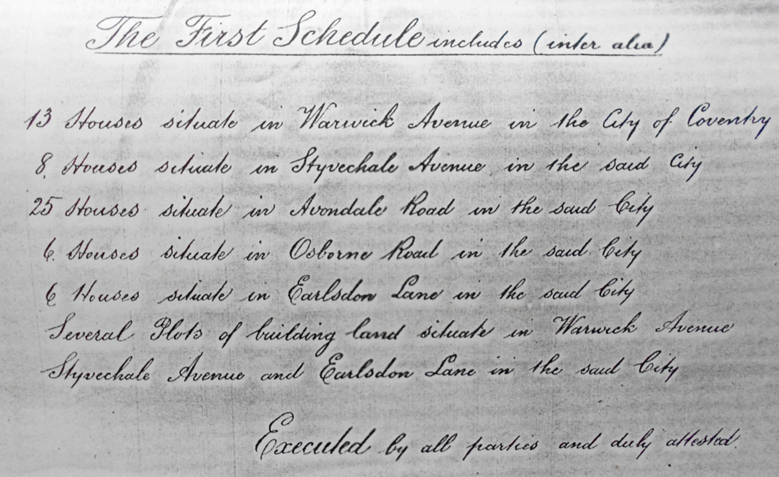CovSoc member, Peter James, tells us the story of the famous Coventry family who turned from silk weaving to housing developers.

Thomas Stevens was born in Foleshill in 1828 and married Ann Urania Sowter in Derby on 4th October 1853. As a young man he trained at Pears & Franklin in Upper Well Street Coventry. They were silk ribbon weavers established in 1835 by Abijah Hill Pears who was Mayor of Coventry in 1842. Thomas started in business on his own in Queen Street in 1854. In 1860 the signing of the Cobden Treaty allowed free trade imports from Europe and the local ribbon industry collapsed.
Thomas was resourceful and decided to develop new products. He refined the Jacquard loom and developed a programme using punched cards which was used to create pictures from silk.
By 1862 he could offer 9 different bookmark designs. There were 900 designs available by the late 1880s and they became known as Stevengraphs. They included bookmarks greetings cards and pictures. The Stevengraph Works in Cox Street were destroyed in the blitz on 14th November 1940. This spelt the end of Stevengraph production. A pattern book survived and was later donated by a family member to Coventry City Council. It now resides at the Herbert.


Thomas left Coventry in 1878 to set up a Stevengraph sales and marketing organisation in London. He actually died there after an unsuccessful throat operation in 1888 but is buried in London Road Cemetery in Coventry.
His son Thomas Inger Stevens who lived at Holly Bank in Earlsdon Lane then took over as Production Director of the company. He later became Chairman of the Earlsdon Syndicate. The other syndicate members were Thomas Smith of Aston, Frederick Warwick of Birmingham and Edward J Purnell of Coventry.
They developed land in South West Earlsdon purchased on 26th July 1897 for £6900 from James Whittingdale an auctioneer. The land was situated between Earlsdon Lane and Whor Lane which later became Beechwood Avenue. By 1901 Styvechale Avenue, Warwick Avenue, Osborne Road and Avondale Road were in place. This was at a cost of £6233 and had taken two years to complete. Many of the early properties in Styvechale Avenue and Warwick Avenue were built by G E Jenkins. The detached houses sold for around £800 which was three times the price of a terraced house in Earlsdon. In 1904 Thomas paid £2575 for the Poplars Estate and laid out Poplar Road and Newcombe Road West.
Thomas Inger Stevens died in 1908 and left 58 properties in his will, all in South West Earlsdon. 52 of these properties which were all freehold were sold at auction by George Loveitt & Sons on 18th September 1917. George Stanley Hill was one of the Trustees of the will and ran the Stevengraph Company from 1908 to 1932. He purchased Lymington on Styvechale Avenue on 31st May 1945 for £2600 from Lydia Harley and lived there until 1949. Lydia Harley was the wife of Harry Harley who was chairman of Coventry Gauge & Tool Co. founded in Earlsdon Street in 1913.


Thomas Inger Stevens married Frances Matilda Sandell from Birkenhead and they had two children. Thomas Sandell Stevens died in 1906 two years before his father. Frances outlived her husband dying in 1938 at the age of 77. Their daughter Dorothy was born on 9th January 1890 and married Cecil Fowler. She passed away in Worthing West Sussex in June 1976.
